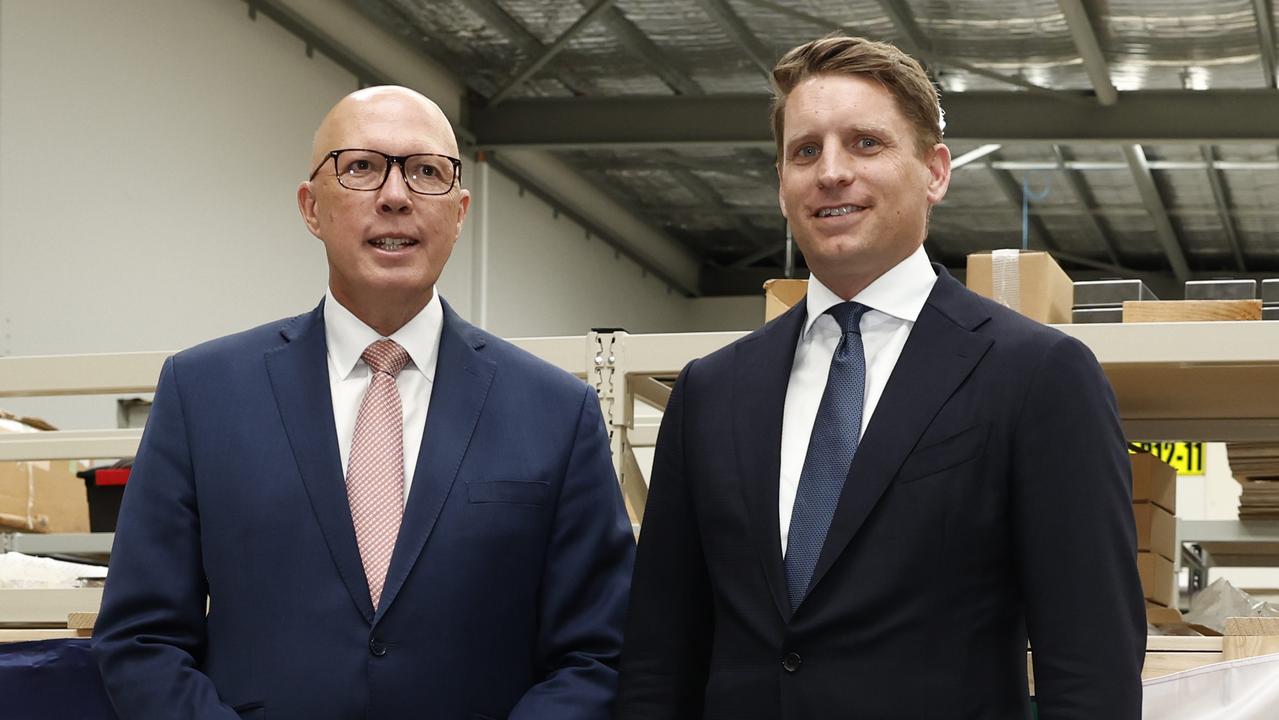
Few nations have emerged from the pandemic better than Australia. We are in the box seat to remake ourselves as a frontier nation at the cutting edge of creating new jobs, technologies and industries while delivering higher skills, higher wages and higher living standards.
But before we can determine our own destiny by resetting the economy, we need to contend with a barrage of potent global forces that are affecting the lives and wallets of Australians. These include geopolitical tensions, a global energy supply chain crunch and rising global inflation that is outstripping wages growth.
To help address immediately some of the pressure points caused by these forces, the Business Council put out Releasing the Handbrakes on Growth on Thursday. It’s a checklist of practical and achievable reforms that are within our control and that will help reduce costs for families and spur faster economic growth.

If implemented, some of our shorter-term solutions would have quick results – making it easier to do business and help address the challenging economic numbers Jim Chalmers outlined on Thursday.
Chief among these is urgently acting on the immediate supply pinch points that could derail the recovery, such as debilitating worker and skill shortages and supply chain frictions.
There are almost a half-million unfilled jobs in Australia, more than double pre-pandemic levels and the second worst labour shortage in the OECD behind Canada. The worker drought means some companies simply have stopped tendering for projects. Routine tasks such as getting supplies on to shelves or construction sites have become a nightmare as truck driver shortages force one in every five delivery vehicles to sit idle.
We believe Anthony Albanese’s jobs and skills summit in September can be an economic circuit-breaker, providing an opportunity to push ahead with the long-term structural resets needed to drive investment, productivity and growth. This needs to include the critical work of reshaping the industrial relations system and salvaging the enterprise bargaining system that sees workers get paid $100 more a day than those on awards.
But not every solution to every challenge we face has to be big-bang reform. There are short-term fixes we can start implementing to skill up Australians, attract more skilled workers and remove supply chain blockages. One way to boost local skills would be to amend the changes in last year’s federal budget that reduced the 50 per cent wage subsidy for first-year apprentices and trainees down to 10 per cent.
We’re suggesting this subsidy be increased to 15 per cent for apprentices in city areas and 20 per cent in regional areas. Similar support should be extended to in-demand traineeships in areas of widespread workforce shortage such as technology, retail and hospitality as well as more apprenticeships in fields that support advanced manufacturing.

With job vacancies at record highs, it’s imperative everyone can access skills and support they need to find work. So why don’t we pilot a lifetime skills account or skills guarantee to assist people returning to work and target sectors where people need more support? This should include upskilling and reskilling people over 30, including new parents returning to the workforce.
We also need to take further steps to attract workers back to our shores. Australia needs to reinvigorate its brand as a welcoming destination for the world’s best and brightest talent. After all, it’s people who will drive the country’s economic reset and get us to the frontier.
As part of this, all temporary skill shortage visa holders should be eligible for a four-year stay with a pathway to permanent residency. Longer-term visas will help attract skilled migrants who are weighing up the costs and uncertainty of moving to Australia with their families, and permanent residency pathways will help them to plan for the future and build a life here.
When it comes to busting supply chain blockages, we could make an immediate difference if we prioritised reforms to heavy vehicle driver training so it was based on competency rather than time served, and permanently lifted delivery hour curfews.
We could replace the plethora of paper forms for exports and imports to make cross-border trade easier, simpler and faster, adding $1.7bn a year to the economy.
And if we streamlined regulations and removed red tape, we could immediately boost productivity. For example, recent measures to streamline business reporting collected by the Australian Bureau of Statistics through accounting software could deliver $4.4m of annual compliance savings and reduce reporting times from one hour to five minutes.
Imagine the savings if reporting to other agencies also was streamlined through existing software packages.
Let’s not forget the measures that drove Australia’s previous big era of productivity – which delivered higher wages and living standards – included the National Competition Policy reforms.
Benefiting the economy to the tune of at least $56bn in today’s dollars, these reforms took a decade to implement and required the effort of all levels of government, covering close to 1800 pieces of legislation. The benefits that were the accumulation of many smaller reforms flowed to people’s pay packets.
In times of great uncertainty, the one thing you need to do is grab every lever that is within your control.
Jennifer Westacott is chief executive of the Business Council of Australia.







With heightened global uncertainty the new normal, the only way Australia can forge ahead and fortify its resilience is by managing the economic factors that are within our control.